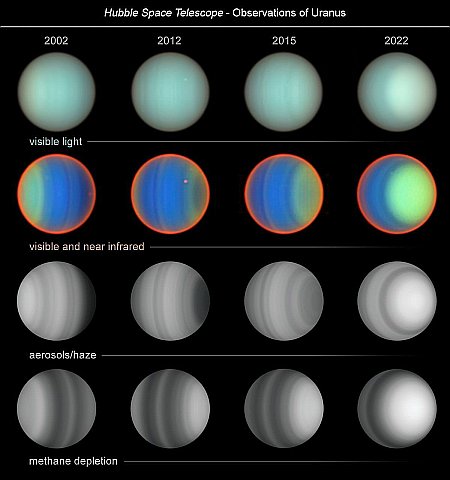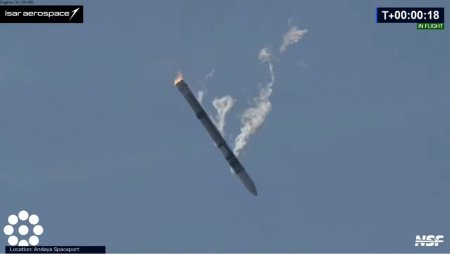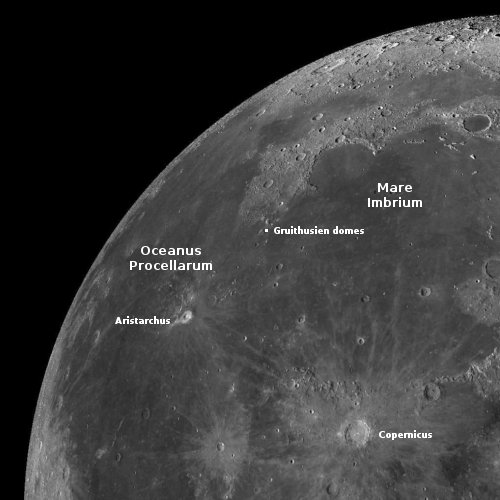Another example of the weird taffy terrain in Mars’ death valley
Cool image time! The picture to the right, rotated, cropped, reduced, and enhanced to post here, was taken on January 30, 2025 by the high resolution camera on Mars Reconnaissance Orbiter (MRO).
The scientists label it dimply as “layers in Helles Planitia.” Other scientists have given this strange landscape a much more interesting label, “taffy terrain.” It is found only in the Hellas Basin, the basement of Mars, having the lowest elevation found anywhere on the red planet. According to a 2014 paper, the scientists posit that this material must be some sort of “a viscous fluid,” naturally flowing downward into “localized depressions.” Because of its weird nature I have posted many cool images of it in the past (see here, here, here, here, and here).
Is taffy terrain still viscous, or has it become solidified? That question I think remains unanswered, though pictures taken of the same spot over time do not yet appear to show changes.
» Read more
Cool image time! The picture to the right, rotated, cropped, reduced, and enhanced to post here, was taken on January 30, 2025 by the high resolution camera on Mars Reconnaissance Orbiter (MRO).
The scientists label it dimply as “layers in Helles Planitia.” Other scientists have given this strange landscape a much more interesting label, “taffy terrain.” It is found only in the Hellas Basin, the basement of Mars, having the lowest elevation found anywhere on the red planet. According to a 2014 paper, the scientists posit that this material must be some sort of “a viscous fluid,” naturally flowing downward into “localized depressions.” Because of its weird nature I have posted many cool images of it in the past (see here, here, here, here, and here).
Is taffy terrain still viscous, or has it become solidified? That question I think remains unanswered, though pictures taken of the same spot over time do not yet appear to show changes.
» Read more













